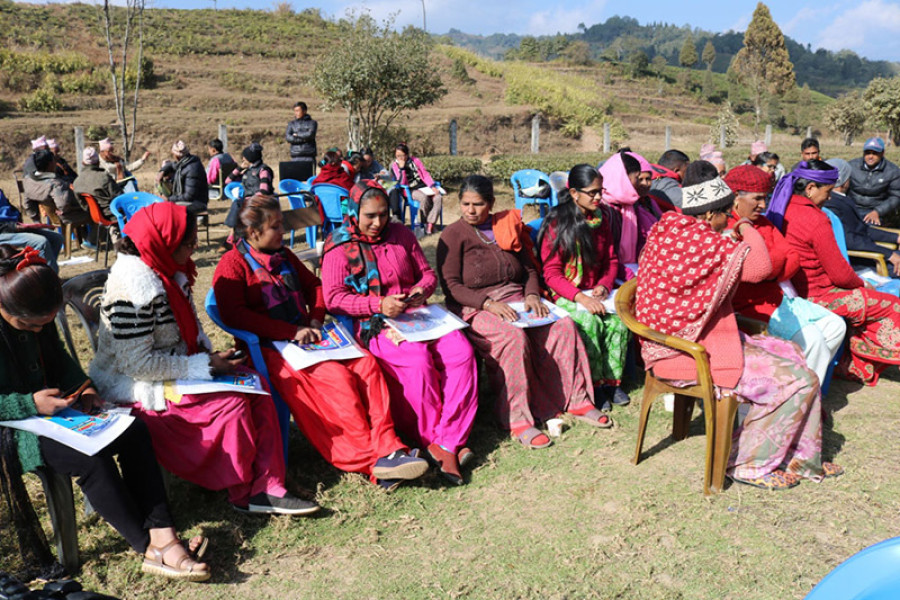Money
Nepal to use brand new logo to promote tea abroad
Nepal is all set to promote its orthodox tea in the international market using a brand new logo. This is the first time Nepali orthodox tea is being branded abroad using a unique insignia.
Biplav Bhattarai
Nepal is all set to promote its orthodox tea in the international market using a brand new logo. This is the first time Nepali orthodox tea is being branded abroad using a unique insignia.
The new logo prepared by the National Tea and Coffee Development Board (NTCDB) and the Himalayan Orthodox Tea Producers Association (Hotpa) is being introduced following approval extended by the government. The logo will be used to promote tea that has met international manufacturing standard.
However, the new logo will not be used in overseas markets immediately. It will be appear in tea packets following its official launch in the foot of Mt Everest in April.
“This is the only way to make Nepali tea competitive in the international market,” said
Hotpa CEO Chandra Bhushan Subba. “It is difficult to meet all the international standards in tea production, but we have to accept this challenge.”
Nepali tea producers generally face problems in maintaining standard because they collect tea leaves from various farmers before processing them. This implies farmers must be careful from the time they plant the tea to harvesting the leaves and making final delivery to factories. Also, tea producers have to meet the international labour standards as stipulated by the International Labour Organisation to successfully market Nepali tea abroad.
The NTCDB and the Hotpa have already started making farmers and other stakeholders of Ilam, Paanchthar and Dhankuta aware about these aspects.
Nepal produces around 5.5 million kg of orthodox tea per year. Of this, around 10 percent is consumed in domestic market and other 10 percent is exported to third countries. The remaining 80 percent is sold in India. In India, many tea producers rebrand Nepali tea as Indian produce and sell them in foreign markets.
“We are compelled to rely on intermediaries, although our products are of high quality,” said Gayatri Basnet, an entrepreneur based in Sakhejung. “As a result, we have not been able to get good returns.”
Lately, many small and medium tea enterprises that sell their products in India have started facing various legal hurdles in exports of tea. “This is the reason why we need a logo to brand our products overseas,” said Subba, adding, “It is not mandatory for tea producers to get the logo. But if they want to get good returns, this is one of the options.”
The history of Nepali tea dates back to 1862 when China first extended seeds as gifts to plant tea. But tea production came to a halt after first harvest was reaped by the Nepal Army in 1873. It was only after the establishment of the Nepal Tea Development Corporation by the government in 1966, the country began producing tea at commercial level. This led to rapid expansion of tea gardens in the country.
Today, Nepal’s tea gardens spread across around 28,000 hectares, mostly in the east, and are gradually expanding to the central and western parts of the country. These tea gardens produce over 24 million kg of tea per year, of which around 5.5 million kg are orthodox. Orthodox tea gardens in Nepal, spread over around 16,000 hectares, are owned by around 30,000 small farmers, many of whom plant tea on less than a hectare of land.




 9.12°C Kathmandu
9.12°C Kathmandu















